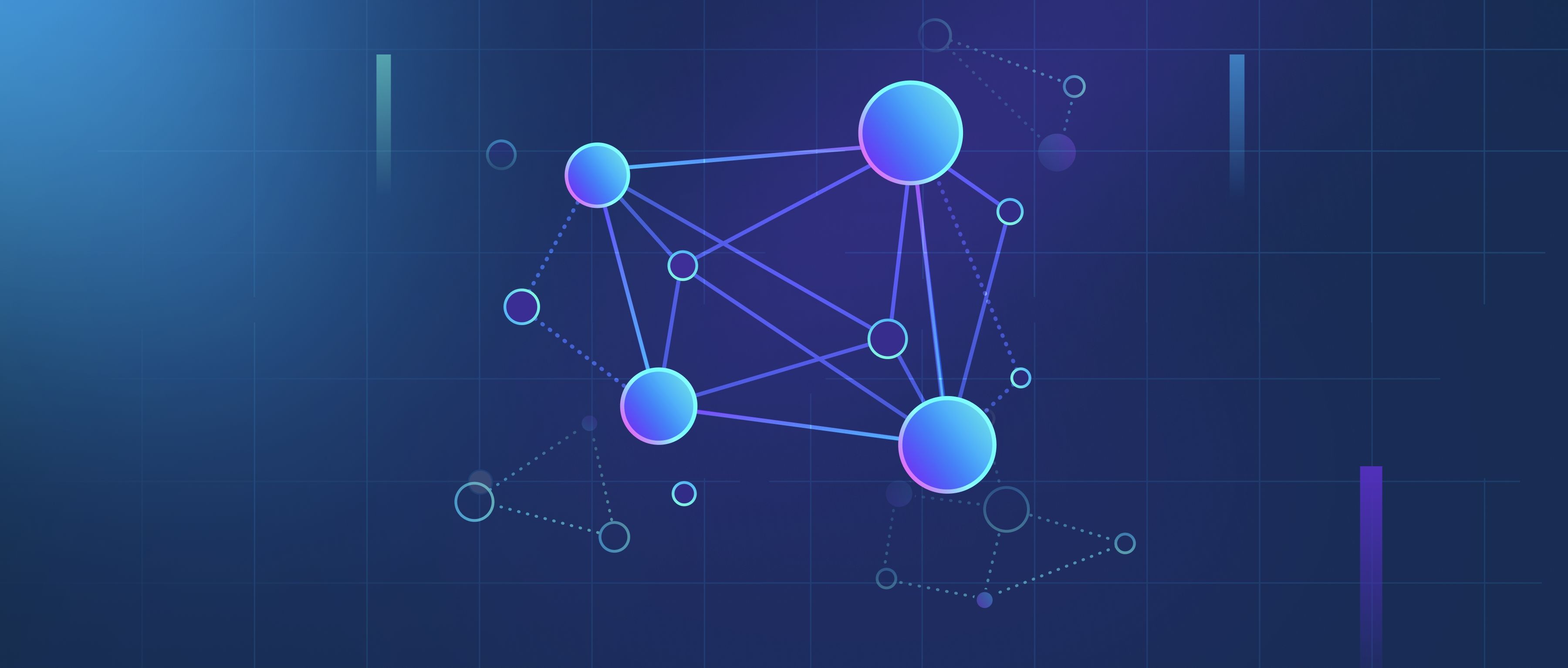Continuous Data Protection (CDP) is a data backup and disaster recovery method that captures changes to data in real time. Unlike traditional backup systems, which operate on a scheduled basis—often daily or weekly—CDP continuously monitors and saves every change made to data as it happens. This approach enables developers and technical professionals to restore data to any point in time, ensuring minimal data loss during a disaster, whether it be hardware failure, cyberattack, or accidental deletion.
For instance, imagine a developer working on a significant project that involves several files. With traditional backup methods, if a critical error occurs at 3:00 PM and the last backup was taken at 2:00 PM, any changes made between those times would be lost. However, with CDP, changes are being saved continuously, allowing the developer to restore the project to exactly its state at 2:59 PM. This capability not only preserves the integrity of the data but also serves to enhance productivity, as developers spend less time recovering from data loss incidents.
Implementing CDP requires a suitable infrastructure and may involve cloud solutions or specialized software. Many organizations now adopt CDP tools that integrate seamlessly with their existing systems. By leveraging CDP, teams can ensure that they have the most recent version of their data available at all times, significantly reducing recovery time after any sort of failure. This means less downtime and a swift return to normal operations, making it a highly effective strategy in today’s data-driven environments.
